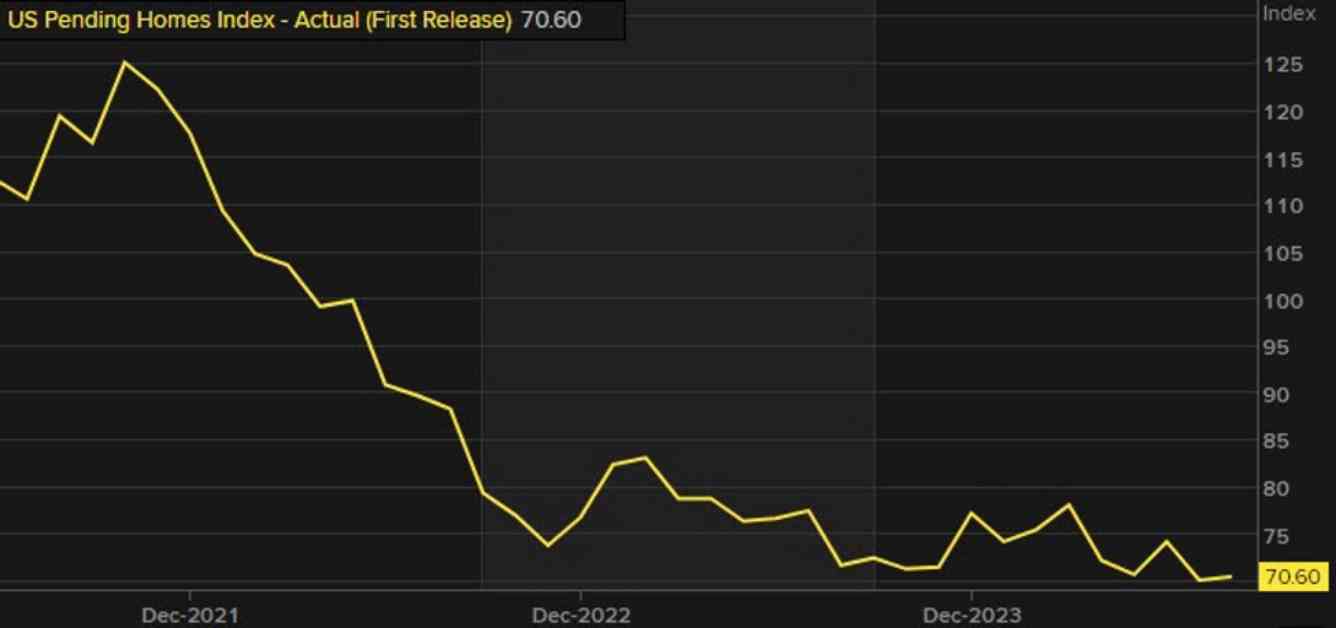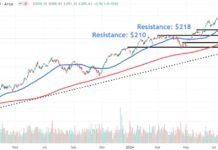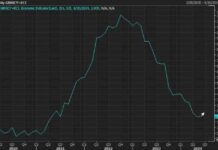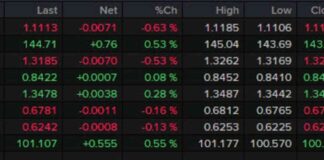US Pending Home Sales for August Fall Short of Expectations
The latest data on pending home sales in the United States for August has shown a slight increase of 0.6%, falling short of the 1.0% expected by analysts. This comes after a 5.5% decline in the previous month, indicating a mixed trend in the housing market. The Pending Home Sales Index (PHSI) now stands at 70.6, slightly higher than the 70.2 reported last month.
Regional Variations in Pending Home Sales
Month over month, contract signings rose in the Midwest, South, and West regions, but dropped in the Northeast. Compared to one year ago, pending home sales decreased in the Northeast, Midwest, and South, while they increased in the West. The Northeast saw the most significant decline with a -4.6% drop, followed by the South with a -5.3% decrease year-over-year. On the other hand, the West region experienced a 2.7% increase in pending home sales compared to the same period last year.
In August, the Northeast PHSI dropped to 61.6, down 2.2% year-over-year. In contrast, the Midwest index rose to 70.0, showing a 3.2% increase month over month, but a 3.6% decline from last year. The South PHSI increased slightly to 83.6, yet it was down by 5.3% compared to the previous year. The West index grew by 3.2% to 58.0, up 2.7% year-over-year, indicating a more positive trend in the region.
Impact of Mortgage Rates on Housing Affordability
One of the factors influencing the housing market is the fluctuation in mortgage rates. Housing affordability has improved recently due to falling mortgage rates, with long-term rates approaching 6%. As a result, potential homebuyers could save around $300 per month on a $300,000 loan compared to a few months ago. This reduction in mortgage rates has made homeownership more accessible to a broader range of buyers, stimulating demand in the housing market.
NAR Chief Economist Lawrence Yun commented on the current situation, stating, “A slight upward turn reflects a modest improvement in housing affordability, primarily because mortgage rates descended to 6.5% in August. However, contract signings remain near cyclical lows even as home prices keep marching to new record highs.” The gradual increase in housing affordability has not translated into a significant uptick in contract signings, indicating some underlying challenges in the housing market.
The recent decrease in mortgage rates to around 6.10% from a peak of 7.8% in the 4th quarter of 2023 has provided some relief to potential homebuyers. Lower mortgage rates make homeownership more attractive by reducing monthly payments and overall costs. This trend bodes well for the housing market, as it could spur more activity and interest from prospective buyers looking to take advantage of favorable borrowing conditions.
Outlook for the Housing Market
Looking ahead, the housing market is expected to continue facing challenges despite the slight improvement in housing affordability. While falling mortgage rates have provided some relief to buyers, other factors such as supply constraints and rising home prices could dampen overall demand in the market. The disparity between supply and demand remains a key issue, with limited inventory driving up prices and making it difficult for some buyers to enter the market.
Overall, the August data on pending home sales reflects a nuanced picture of the housing market in the United States. While there are signs of improvement in affordability due to lower mortgage rates, the underlying challenges persist. It will be crucial for policymakers and industry stakeholders to address these issues to ensure a healthy and sustainable housing market for the future.

















